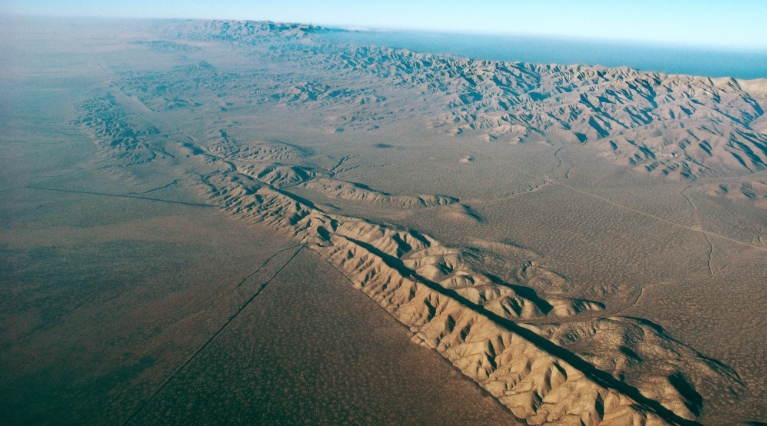The Earth’s crust is constantly changing and evolving due to a variety of geological processes. One of these processes, known as diastrophism faulting, plays a crucial role in shaping the Earth’s surface.
What is Diastrophism Faulting?
Diastrophism faulting is a type of tectonic activity that involves the movement of the Earth’s crust along fault lines. This movement can lead to the formation of mountains, valleys, and other landforms.
Types of Faulting
There are several types of faulting that can occur as a result of diastrophism. These include normal faults, reverse faults, and strike-slip faults. Each type of faulting involves different movements along fault lines.
Forces at Work
The forces that drive diastrophism faulting are primarily the result of tectonic plate movement. As the Earth’s plates shift and collide, stress is placed on the crust, leading to the formation of faults and the movement of rock layers.
Effects on the Earth’s Crust
Diastrophism faulting can have a significant impact on the Earth’s crust. It can cause earthquakes, volcanic activity, and the formation of new landforms. Additionally, it plays a key role in the development of mountain ranges and ocean trenches.
Understanding the Process
By studying diastrophism faulting, scientists can gain valuable insights into the forces that shape the Earth’s crust. This knowledge can help us better understand geological processes and predict potential hazards such as earthquakes and volcanic eruptions.
In conclusion, diastrophism faulting is a powerful force that shapes the Earth’s surface and plays a crucial role in the ongoing evolution of our planet. By understanding this process, we can gain valuable insights into the forces at work beneath our feet.

